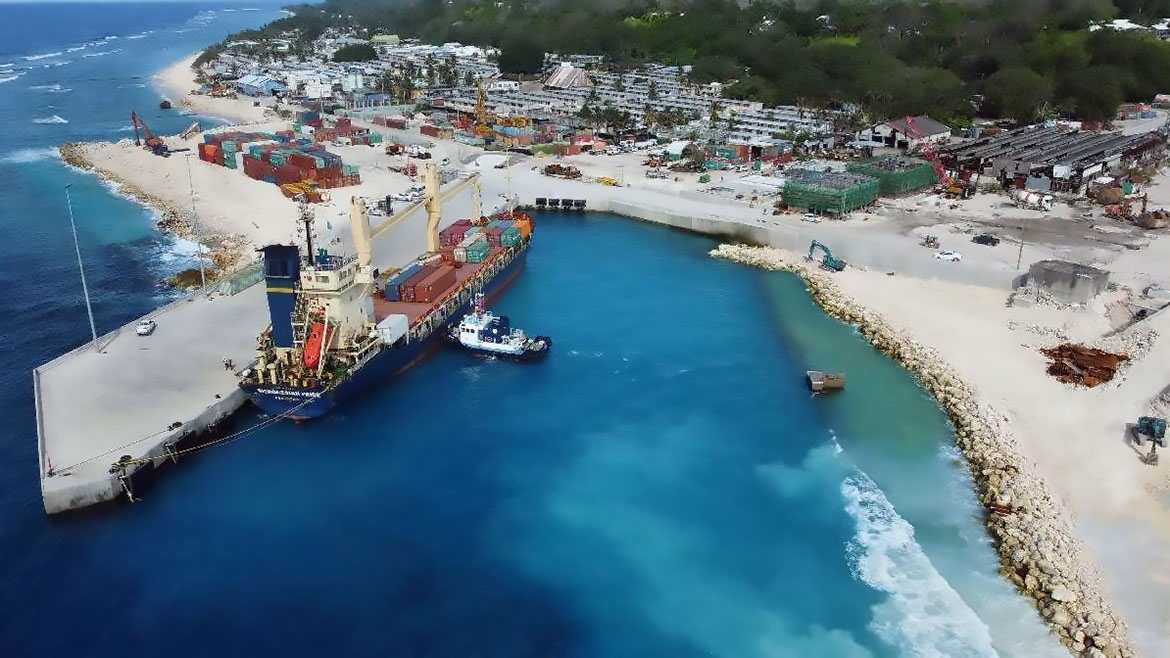As Ukraine looks towards a future beyond conflict, the question of reconstruction looms large. China’s Belt and Road Initiative (BRI) could be pivotal in rebuilding and enhancing Ukraine’s infrastructure to foster economic growth and regional connectivity.
After the war, Ukraine and the Ukrainians need to get back on their feet. It will be a positive but painstaking journey. Here are some suggested ways in which BRI projects could benefit Ukraine.
Transportation Infrastructure
Ukraine’s roads, bridges, and railways have suffered significant damage. The BRI could finance and construct modern, high-capacity transport corridors linking Ukraine more efficiently with Europe and Asia. For example, completing a new rail line or upgrading existing tracks could reduce transport times and costs, making Ukrainian exports more competitive.
Energy Sector Revitalization
Ukraine’s energy infrastructure, power plants, and distribution networks could see a transformative investment through BRI. By focusing on traditional and renewable energy sources, BRI projects could help Ukraine achieve energy security and even become an energy hub or exporter.
For instance, solar farms or wind energy projects could be developed in regions with suitable conditions, reducing dependency on imported energy.
Port Development
The maritime component of the BRI could revitalize Ukraine’s ports like Odesa or Mariupol, enhancing their capacity for cargo and passenger traffic. This would aid the reconstruction and position Ukraine as a key transit point in the Black Sea region, boosting trade and tourism.
Digital Infrastructure
Ukraine has an opportunity to leapfrog into a digital economy post-war. BRI could fund the laying down of fiber-optic networks, the development of data centers, and implementing smart city technologies in reconstructed urban areas. This digital backbone would attract tech companies and startups, fostering innovation.
Industrial Parks and Economic Zones
BRI could attract foreign investment into Ukraine by establishing special economic zones or industrial parks. These zones could specialize in manufacturing, technology, or logistics, taking advantage of Ukraine’s skilled workforce and strategic location. Such initiatives would create jobs, stimulate economic growth, and integrate Ukrainian industries with global supply chains.
Cultural Exchange and Tourism
Infrastructure isn’t only about transport or energy; cultural restoration projects under BRI could help rebuild historical sites damaged by war, promoting tourism. This would aid economic recovery and cultural preservation, enhancing Ukraine’s soft power.
Analytical Perspective
The integration of Ukraine into the BRI would come with geopolitical considerations. While it offers a pathway for rapid reconstruction and economic integration with both East and West, it also places Ukraine in the middle of broader geopolitical dynamics between China, Russia, and the EU.
From an economic perspective, the BRI’s focus on connectivity could turn Ukraine’s geographical position from a battleground into a bridge between different economic zones. However, the success of these projects would heavily depend on transparent governance, avoiding the pitfalls of debt dependency, and ensuring that local communities benefit directly.
Moreover, while BRI could catalyze Ukraine’s post-war recovery, Ukraine must maintain a balanced approach, leveraging Western investments and aid alongside BRI projects to avoid over-reliance on any foreign investment source.
This balanced approach could safeguard Ukraine’s sovereignty while reaping the benefits of global economic cooperation.
In short
The Belt and Road Initiative presents a multifaceted opportunity for Ukraine’s post-war reconstruction, potentially transforming the scars of conflict into avenues for development.
The key will be in the strategic implementation, ensuring that these projects align with Ukraine’s long-term national interests and integrate effectively with global partners such as BRI, which probably can offer the best loans to avoid the common debt traps by the World Bank or IMF.
By Torbjorn Sassersson, NewsVoice.se/english
Source: Upgrading and renovation project of Aiwo Port Terminal in Nauru, BRNN.com
Related: Role of BRI in human rights progress hailed, China Daily

